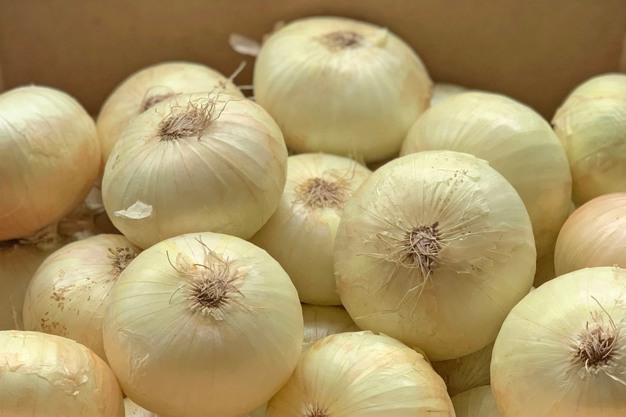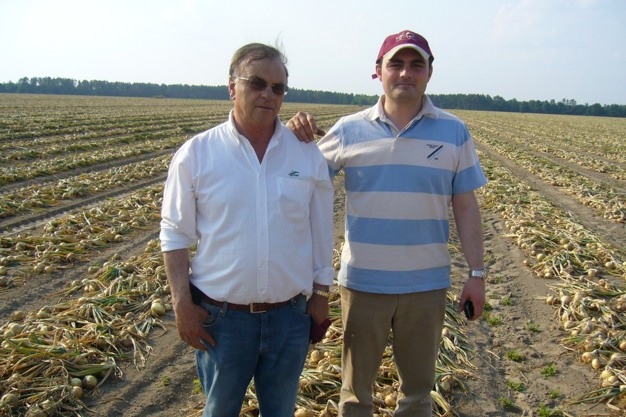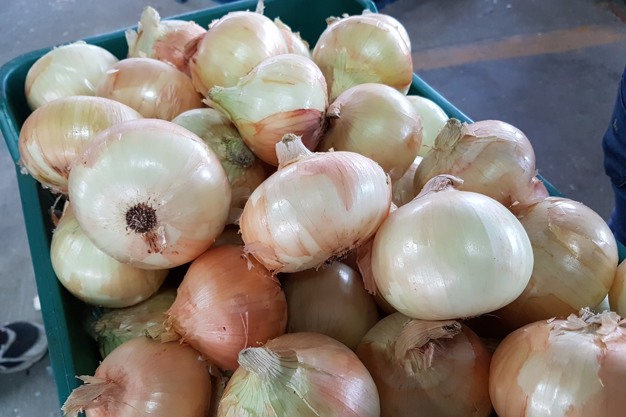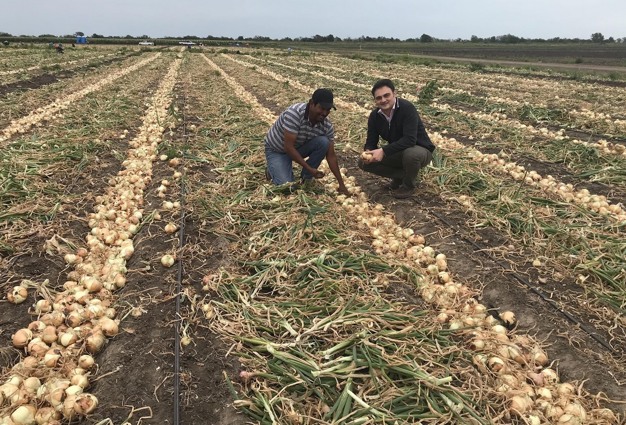The onion market is quite a traditional one, but sweet onions have still managed to grow strongly in recent years, revolutionizing consumption.

"Sweet onions started as a commercial experiment 20 years ago, around 2005, when some small trial imports were made from Peru. I had a background in onion seeds, so I was familiar with sweet onions and, in fact, I was sending seeds from Spain to Peru, where it was grown for the US market. For years, I wondered how a country like Spain, which is a big consumer of fresh onions, didn't have an onion with such a taste quality, so I decided to bring it, sourcing it from my own Peruvian seed customers," says David Casanoves, manager of Yummy Fresh.
"In the beginning, as importers and distributors, we started working with market suppliers and little by little, supermarkets joined in. When one of the largest supermarket chains in Spain introduced it into its range, it gave it a great push, and today consumers can find sweet onions in most places where onions are sold."

David Casanoves with his father Lorenzo in Vidalia, USA in 2006.
"Sweet onions have brought dynamism to the onion market over the last 20 years"
Yummy Fresh, based in Valencia, works with sweet onions with a focus on the off-season period. The company was born out of innovation in onion seed technology, aiming to take it to the field to be able to bring it to the consumer. "After all, out of all the links in the chain, we have to listen to the product's end customer: the consumer," says David.

"Sweet onions are a product that fitted in very well with our gastronomy, as fresh onions are very commonly used, so it was very easy to see that a product that didn't sting, that could be used easily in salads, dressings, etc., was going to be successful; and so it was. It was extremely well received and has brought dynamism to the onion market. Today, in fact, it accounts for up to 20% of the onion supply in markets and supermarkets."
"It is an example of how a new product can develop from scratch, although it is a bit of a shame that despite having the best land and the seeds available, sweet onions had to come first from Peru, instead of producing them here."
Peru, a major exporter of onions to the United States and the country where North American sweet onion companies got their supply in the off-season, dramatically increased its exports to Spain. According to figures from the Ministry of Trade, they went from 154 tons in 2005 to almost 40,000 tons in 2020, as consumption increased. "We have to remember that, in Spain, the season lasts between May and June, so from September to March, we work with imports," says David.

"In Spain, and across the Mediterranean area in general, we have the advantage of being able to grow this type of short-day onions. Other European countries have no choice but to import them, and our weather also leads to consumption being higher. To get an idea of the difference, just a few years ago, a large supermarket chain in England was importing between 2 and 3 containers of sweet onions from Peru per week, while in Spain, any distributor could be working with between 3 and 4 trucks a week."
"Unfortunately, the market is currently saturated"
Due to this boom in the consumption of sweet onions, as well as the good prices onions have been fetching in recent seasons, the supply has increased to the point that prices at origin are now under pressure. It is a very different situation, compared to that of previous years.
In fact, according to official data from the Ministry of Agriculture, the average price of onions in week 25 stood at 18.79 cents per kilo, while in the same week of 2023, it amounted to 46.80 cents. We would need to go back to March 2022 to find any prices below 20 cents per kilo.
"The prices of the previous two years have encouraged many people to plant onions, and have caused the market to become saturated. Unfortunately, all types of onions have been affected by this, even sweet onions."
"Nowadays, information is at everyone's fingertips, and we should make good use of it to prevent moments like this in which we all end up losing out, especially those of us who are specialists."

 For more information:
For more information:
Yummy Fresh
Av. de las Cortes Valencianas, 28 - 1.º B
46015 - Valencia - Spain
Tel.: +34 961 204 340
[email protected]
https://www.yummyfresh.es










